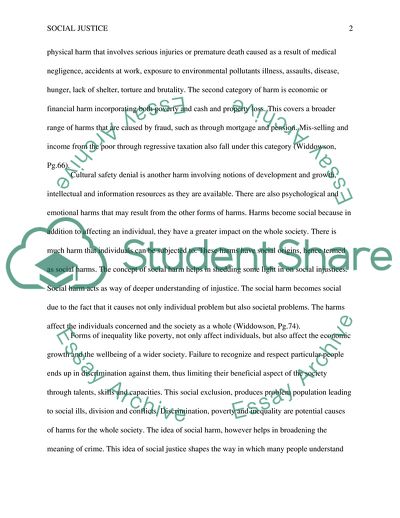Cite this document
(How the notion of social harm is connected with ideas of social Essay, n.d.)
How the notion of social harm is connected with ideas of social Essay. https://studentshare.org/sociology/1875372-how-the-notion-of-social-harm-is-connected-with-ideas-of-social-justice
How the notion of social harm is connected with ideas of social Essay. https://studentshare.org/sociology/1875372-how-the-notion-of-social-harm-is-connected-with-ideas-of-social-justice
(How the Notion of Social Harm Is Connected With Ideas of Social Essay)
How the Notion of Social Harm Is Connected With Ideas of Social Essay. https://studentshare.org/sociology/1875372-how-the-notion-of-social-harm-is-connected-with-ideas-of-social-justice.
How the Notion of Social Harm Is Connected With Ideas of Social Essay. https://studentshare.org/sociology/1875372-how-the-notion-of-social-harm-is-connected-with-ideas-of-social-justice.
“How the Notion of Social Harm Is Connected With Ideas of Social Essay”. https://studentshare.org/sociology/1875372-how-the-notion-of-social-harm-is-connected-with-ideas-of-social-justice.


